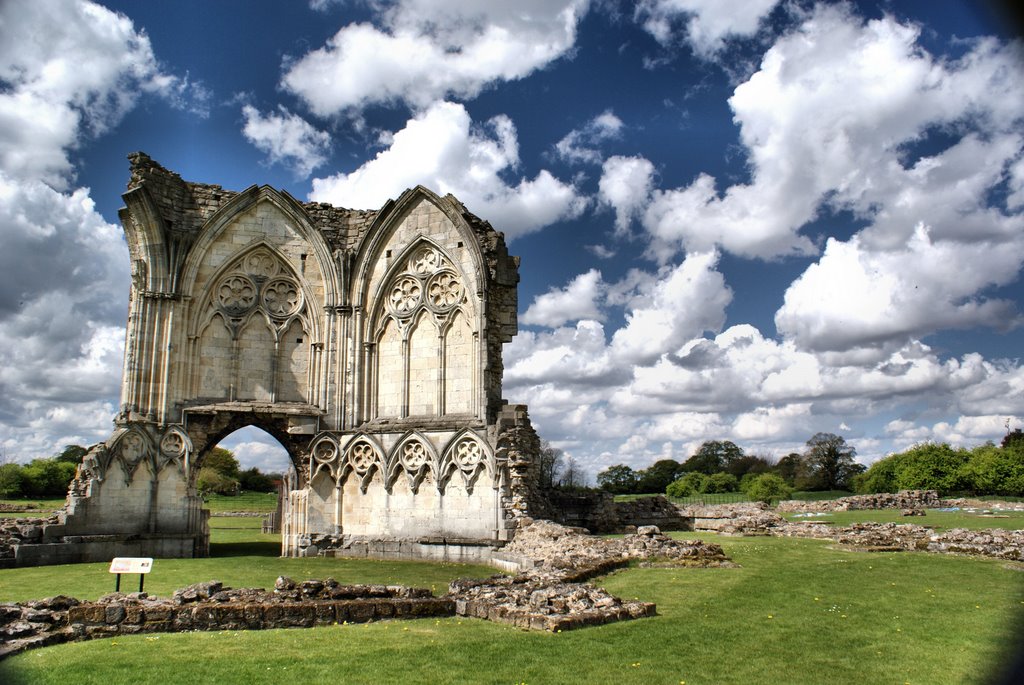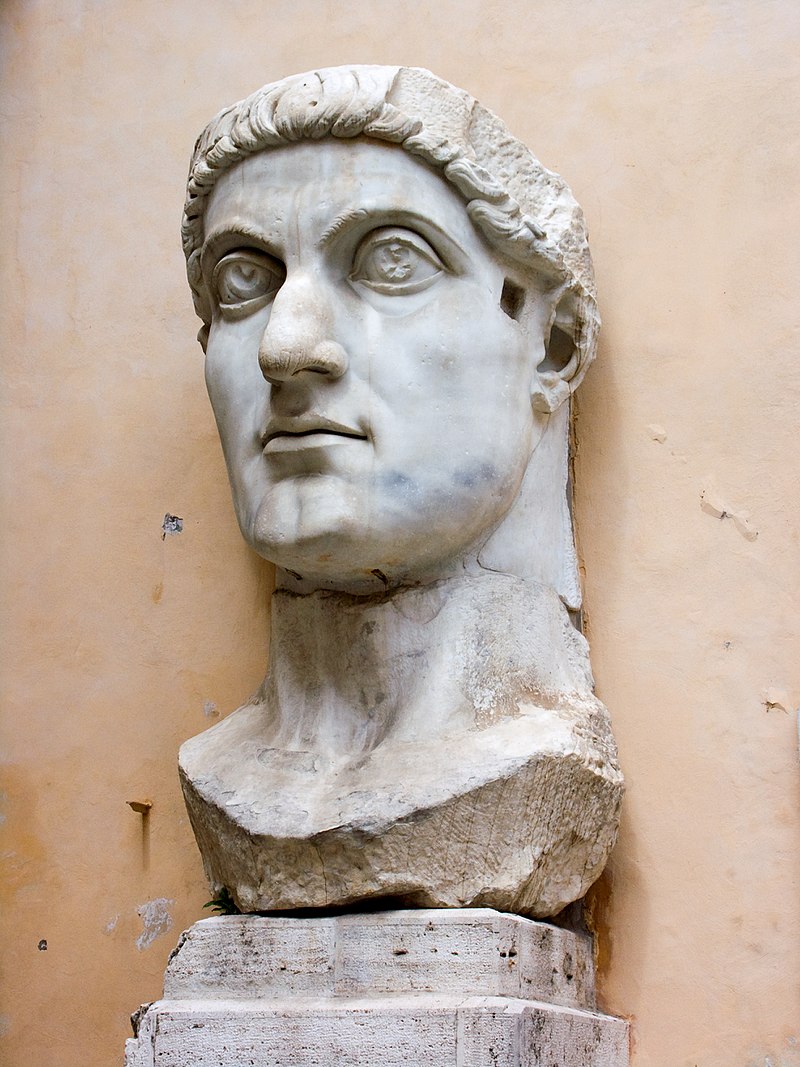Discover and read the best of Twitter Threads about #archaeology_online
Most recents (3)
1/ As the world enters it's 3rd year of the #COVID19 Pandemic, let's look at the archaeological evidence about past plagues. Today on #Archaeology_Online a #thread about archaeology from the time of the black plague. >>
#coronavirus #Archaeology
@nickfshort @nidgethompson
#coronavirus #Archaeology
@nickfshort @nidgethompson

1/ Today on #Archaeology_Online let's talk about Egyptian faience. This #thread is all about ancient Egyptian art, but let's start with an explanations of what fiance is & where it came from. >>
** P.S. I Saved the best for last **
@nickfshort @nidgethompson
** P.S. I Saved the best for last **
@nickfshort @nidgethompson

1/ Today, for #GoodFriday, a slightly longer #thread from #Archaeology_Online about the history of the Church of the Holy Sepulchure, & it's connection to the crucifixion of #Jesus. It's mainly a testament to the power of tradition. >>
@nickfshort @nidgethompson @History1History
@nickfshort @nidgethompson @History1History







